JASON advisory group says Elon Musk’s singularity warnings are unfounded, but a focus on AI for the Dept. of Defense is integral.
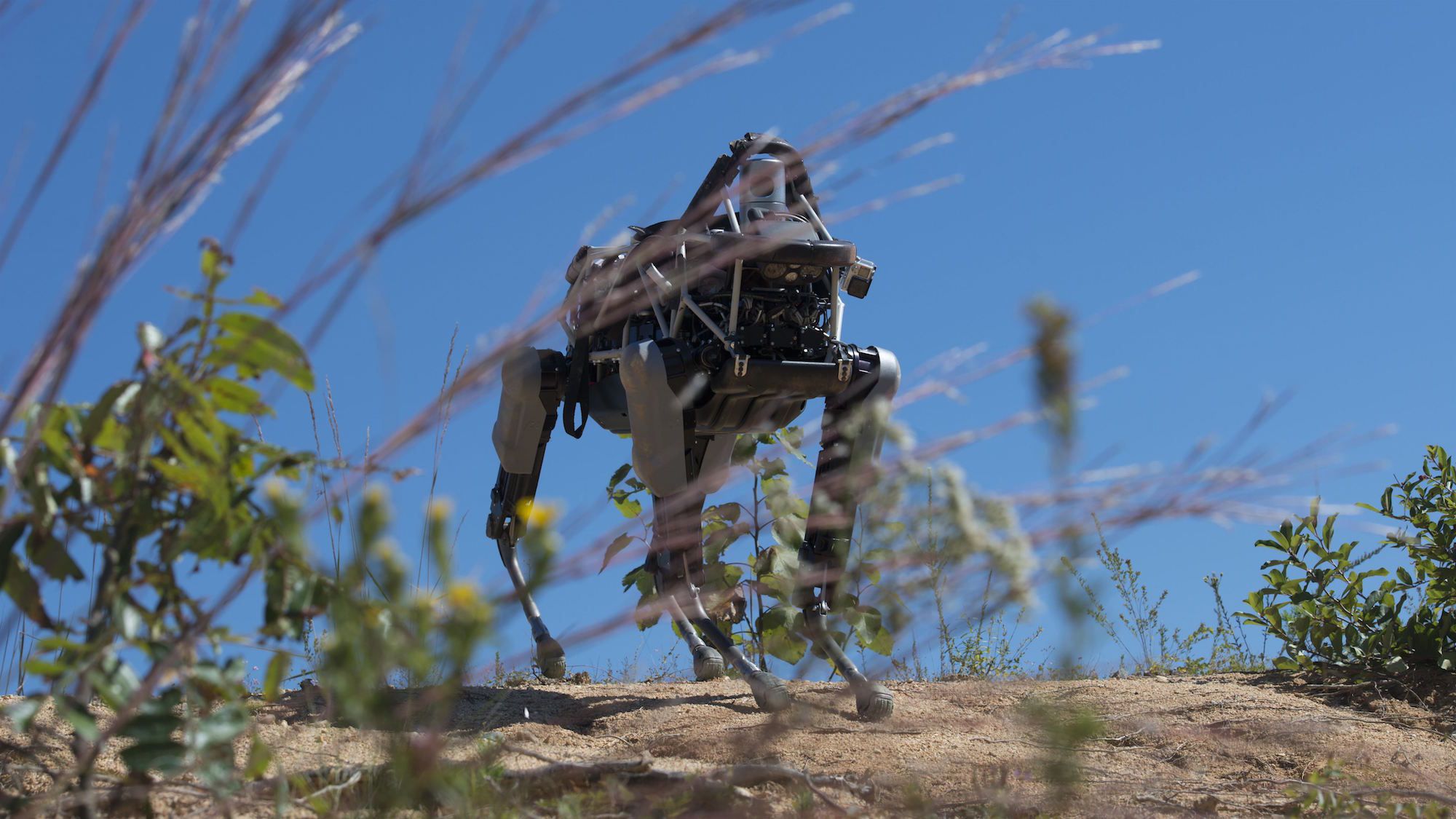

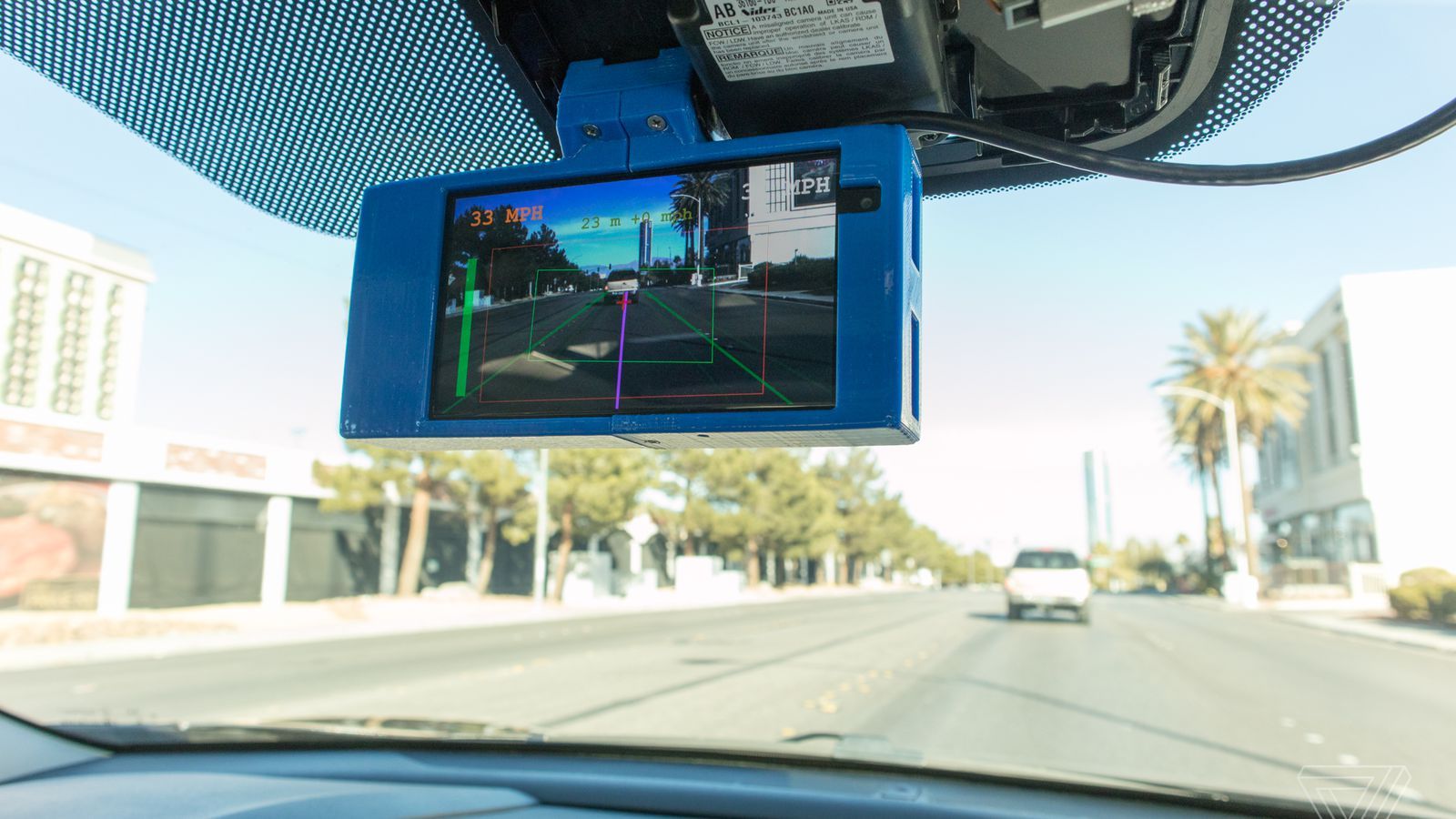
In late 2015, iPhone and PlayStation 3 hacker George Hotz teased a project that sounded like a dream: his new company would produce a $1,000 consumer product that could grant your car semi-autonomous capabilities. Eleven months and one terse letter from the National Highway Traffic Safety Administration later, Hotz killed the project.
About a month after that, Hotz resurrected it as a two open-source efforts, splitting the hardware and software of the self-driving tech he had created with the rest of his company, Comma.ai. Hotz always talked like he wanted to start a DIY car revolution to take on the car industry (and Elon Musk especially). Open sourcing the plans only increased the chances of it happening.
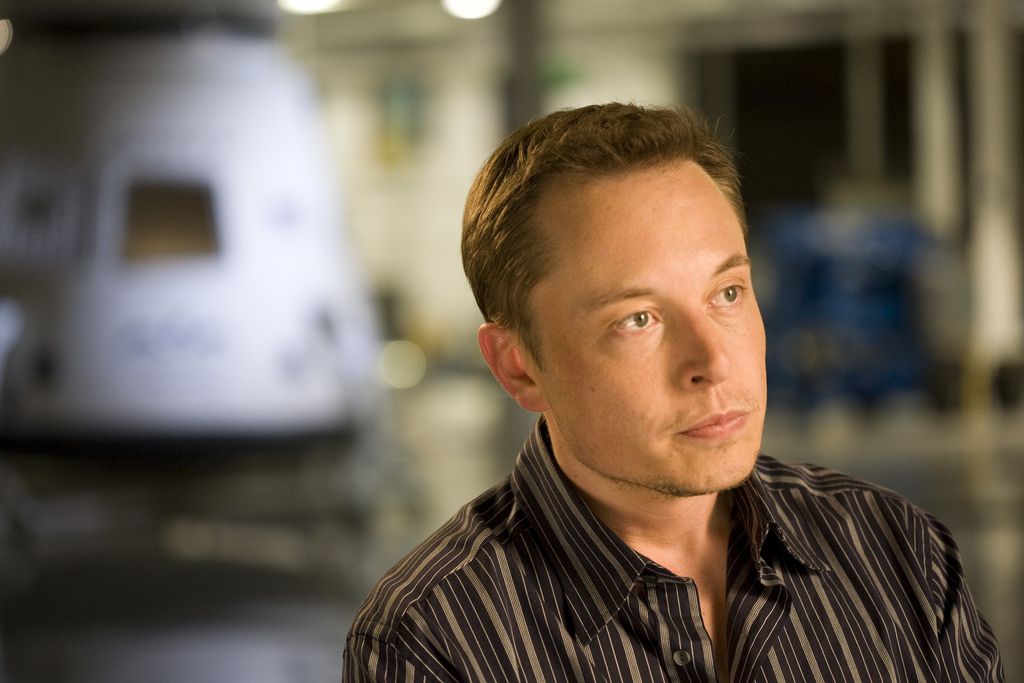
Entrepreneur’s Space X agency files request for $10bn project with the FCC and says internet speeds globally will reach 1Gb/s.
The man who wants to take humans to Mars also wants to connect the whole of planet Earth and bring digital equality across the globe.
Elon Musk’s Space X spacial agency has requested to the US Federal Communications Commission (FCC) authorisation to launch 4,425 satellites which would be used to provide connectivity to the more than 7.2 billion humans on Earth.
In Brief As technology improves, the possibility that our world may be a simulated one is becoming more and more probable, argues Universe Today founder Fraser Cain. But can we ever prove that we live in a simulation of a reality?
All the world’s a stage. Or is it a simulation?
The idea that what we consider reality is actually a simulation was first proposed by scientist Nick Bostrom, and it is frequently addressed in fiction (e.g., “The Matrix” trilogy) and by innovators and educators such as Elon Musk, who brought up the topic at the 2016 Code Conference.
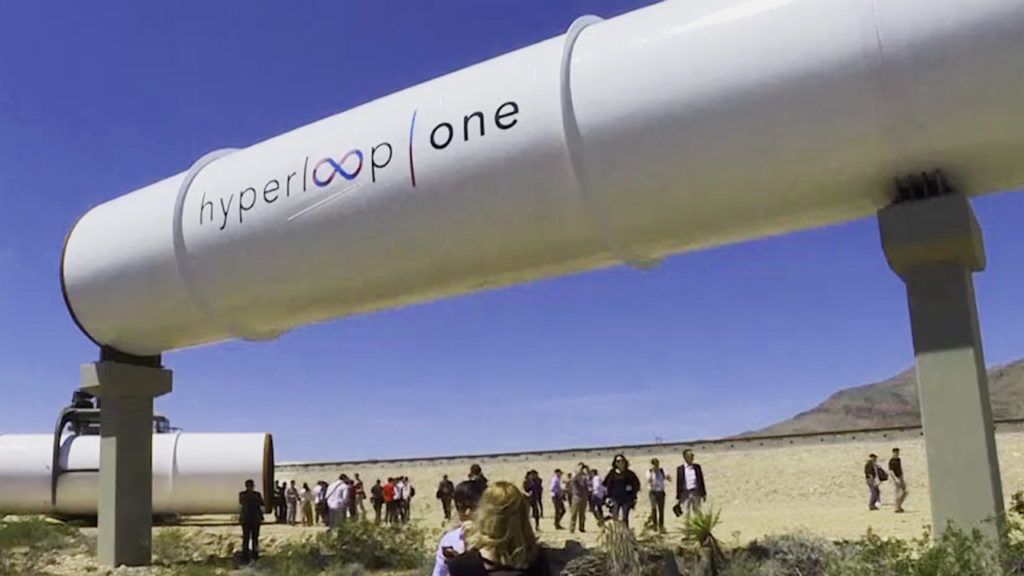
If it works? LOL it’s 1960’s technology.
Shervin Pishevar is a startup investor and one of the central social figures in Silicon Valley. He recently founded Hyperloop One, a project to move people long distances through tubes at supersonic speeds.
His reputation and fortune come largely from a single investment he made in 2011 while at the VC firm Menlo Ventures: a $26 million stake in a small ride-hailing app called Uber. Those shares are now worth more than $5 billion.
Pishevar’s friend Elon Musk came up with the idea for Hyperloop, which promises to take passengers from L.A. to San Francisco in 35 minutes with no friction and no pollution, and handed it off to Pishevar to develop.
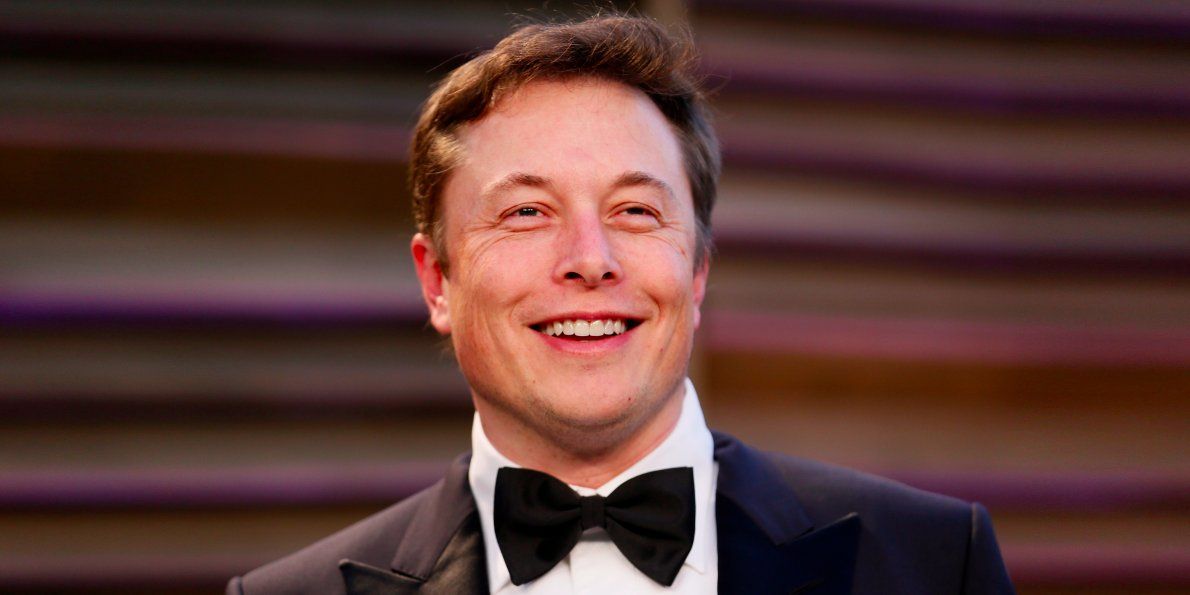
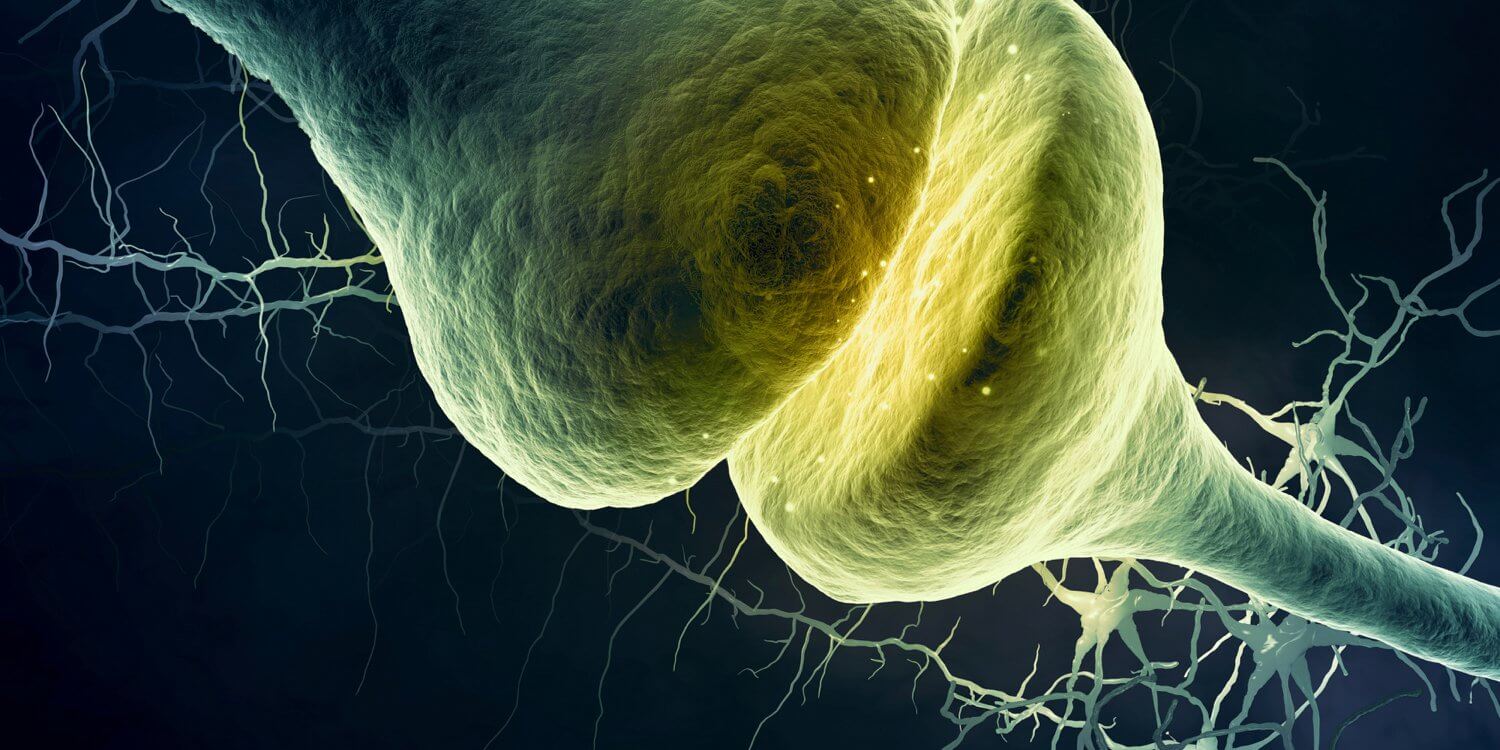
With BMI technology, cell circuitry, etc. this is no surprise.
Are you scared of artificial intelligence (AI)?
Do you believe the warnings from folks like Prof. Stephen Hawking, Elon Musk and others?
Is AI the greatest tool humanity will ever create, or are we “summoning the demon”?
To quote the head of AI at Singularity University, Neil Jacobstein, “It’s not artificial intelligence I’m worried about, it’s human stupidity.”

Are you scared of Artificial Intelligence (AI)?
Do you believe the warnings from folks like Prof. Stephen Hawking, Elon Musk and others?
Is AI the greatest tool humanity will ever create, or are we “summoning the demon”?
To quote the head of AI at Singularity University, Neil Jacobstein, “It’s not artificial intelligence I’m worried about, it’s human stupidity.”

“The two options looked like going to work at NASA or going to work with a large corporation that was fulfilling space contracts with the government — a Boeing, a Lockheed or Northrup,” said the partner at San Francisco-based Founders Fund.
Then Elon Musk founded Space Exploration Technologies Corp. — SpaceX — and Nolan became its first intern in 2003. The internship turned into a full-time gig developing reusable Dragon capsules at SpaceX and working on rocket propulsion, giving Nolan — who now invests in space startups — a front-row seat for the “New Space” race.
Musk’s Southern California company, which raised $1 billion early this year from Google and others at a $10 billion valuation, dramatically cut the cost of launching a space mission from $1 billion down to tens of millions.
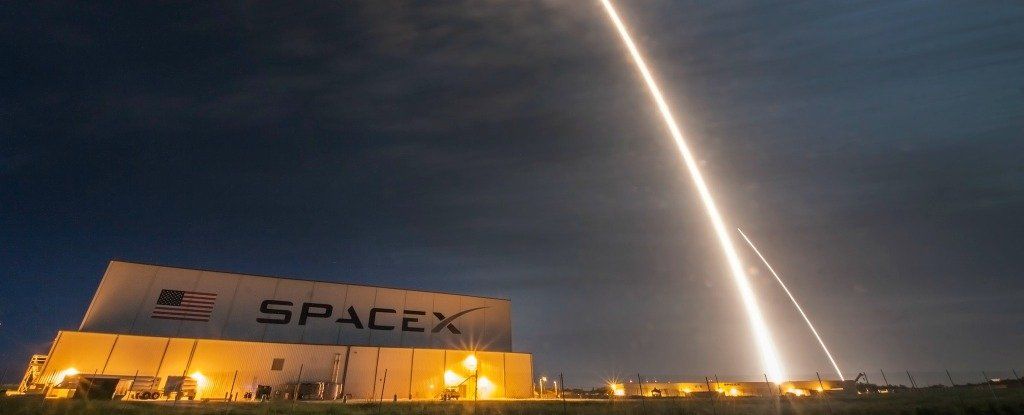
SpaceX, the aerospace company founded by the Mars-hungry tech entrepreneur Elon Musk, just made a big move to enshroud the planet in high-speed internet coverage.
On November 15, the company filed a lengthy application with the Federal Communications Commission (FCC) to launch 4,425 satellites. (We first heard about the filing through the r/SpaceX community on Reddit.) That is a hell of a lot of satellites.
According to a database compiled by the Union of Concerned Scientists, there are 1,419 active satellites currently orbiting Earth.